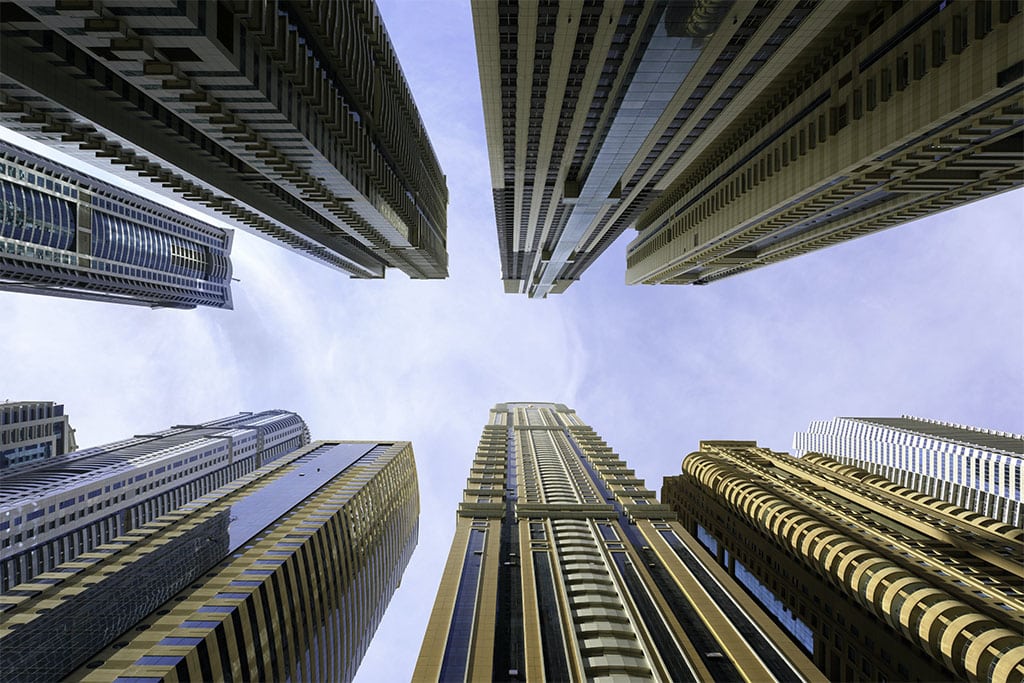
Lens distortion is a common phenomenon in photography, where the optical characteristics of a lens lead to distortions in the captured images. Among the various types of distortion, two prevalent forms stand out: barrel distortion and pincushion distortion. In this exploration, we’ll delve into the intricacies of these distortions, understanding their origins and, crucially, how photographers can correct them to ensure the integrity of their visual narratives.
Understanding Barrel Distortion and Its Telltale Signs:
Barrel distortion is an optical distortion that causes straight lines to appear curved outward, resembling the shape of a barrel. This distortion is most noticeable when capturing images with wide-angle lenses. Commonly encountered in architectural photography, barrel distortion can make buildings appear to bulge outward, creating a surreal effect. Additionally, it may manifest in scenes featuring straight lines, such as horizons or cityscapes.
The root cause of barrel distortion lies in the lens’s optical design, particularly how light is refracted through the lens elements. As sunlight reaches the edges of the lens, it diverges, causing the distortion. While some barrel distortion is almost inevitable in wide-angle lenses, understanding how to identify and correct it is crucial for photographers seeking precision in their compositions.
Decoding Pincushion Distortion and Its Impact:
Pincushion distortion is on the opposite end of the spectrum, characterized by the inward curving of straight lines resembling a pincushion shape. This type of distortion is more commonly associated with telephoto lenses, especially those with longer focal lengths. Pincushion distortion can subtly affect images, causing straight lines to bow inward and potentially leading to a sense of compression in the scene.
As with barrel distortion, the lens optics play a central role in the manifestation of pincushion distortion. The refraction of light as it passes through the lens elements, particularly towards the edges, contributes to the curvature observed in the final image. While less prominent in everyday photography, pincushion distortion can still impact the overall quality and accuracy of the visual narrative.
Correcting Distortions: Tools for Precision:
Fortunately, photographers are not left powerless in the face of lens distortion. Various tools and techniques exist to correct these distortions and restore the accuracy of the captured scenes.
1. Lens Profile Corrections: Many modern photo editing software applications have lens profile corrections. These tools use pre-loaded data specific to the optical characteristics of various lenses to automatically correct distortions. Photographers can significantly mitigate the effects of barrel or pincushion distortion by selecting the appropriate lens profile.
2. Manual Correction: Manual correction is a viable option for those who prefer a hands-on approach. This involves using distortion correction tools available in editing software to manually adjust the curvature of lines in the image. While more time-consuming than automated methods, manual correction provides greater control over the final result.
3. In-Camera Corrections: Some advanced cameras and lenses offer in-camera correction features that address distortion during image capture. By enabling these features, photographers can reduce the impact of distortion without the need for post-processing.
Conclusion:
Understanding and managing lens distortion is essential for photographers aiming for precision and accuracy. Barrel distortion and pincushion distortion, though inherent in specific lenses, can be effectively corrected using a combination of automated tools and manual adjustments. By mastering the art of distortion correction, photographers empower themselves to present the world as they see it—free from the subtle distortions that may detract from the authenticity of their visual storytelling.


Recent Posts
In shadows cast by love's deceitful guise,He wandered blind, his heart the captive prize.Through realms unknown, where truth remained concealed,He followed trails of falsehood, unrevealed. Blinded...
Prepare to be amazed as the MCAS Cherry Point Air Show returns on May 11-12. This annual event, hosted by the Marine Corps Air Station (MCAS) Cherry Point in North Carolina, promises a weekend of...